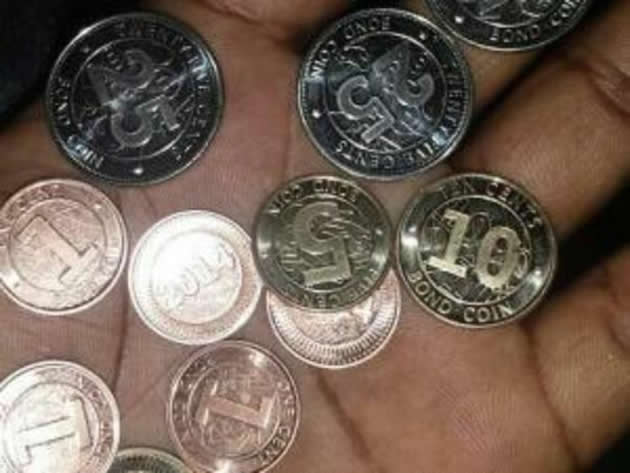RBZ to import more bond coins

Business Reporter
BOND coins worth $10 million are now in circulation with the Reserve Bank of Zimbabwe considering importing the second tranche due to high demand of the convenient coins.
The central bank introduced bond coins in December last year to provide smaller denominations for the multi-currency regime. They are in denominations of 1c, 5c, 10c, 25c and 50c.
The special coins have the same denominations and value as US cents but can only be used in Zimbabwe.
Initially, the bond coins were not accepted because the public had a perception that the central bank wanted to bring back the Zimbabwean dollar through the back door.
The bond coins helped to correct pricing of goods and services, which hitherto was constrained by the absence of an system of small change.
“There is high demand for bond coins from banks. So as demand increases, we will also increase supply,” Reserve Bank of Zimbabwe governor Dr John Mangudya said in an interview last week.
The SA rand coins, which have been widely used since the adoption of multi-currency regimen system, are no longer accepted largely due to weakening of the SA rand against the US dollar.
The bond coins derive their name from the $50 million bond coin facility that the RBZ put in place for the purpose of providing the coins with intrinsic value.
This means that the coins are backed by real money allowing those intending to use notes, especially when travelling outside the country where the coins are not legal tender, to just walk into any banking hall to exchange the coins for the equivalent in notes.
Zimbabwe followed examples of Ecuador and East Timor, dollarised economies which introduced locally minted coins known as centavos—derived from the Latin word for a hundredth – with a par value with US currency in 2000 and 2003, respectively.









Comments